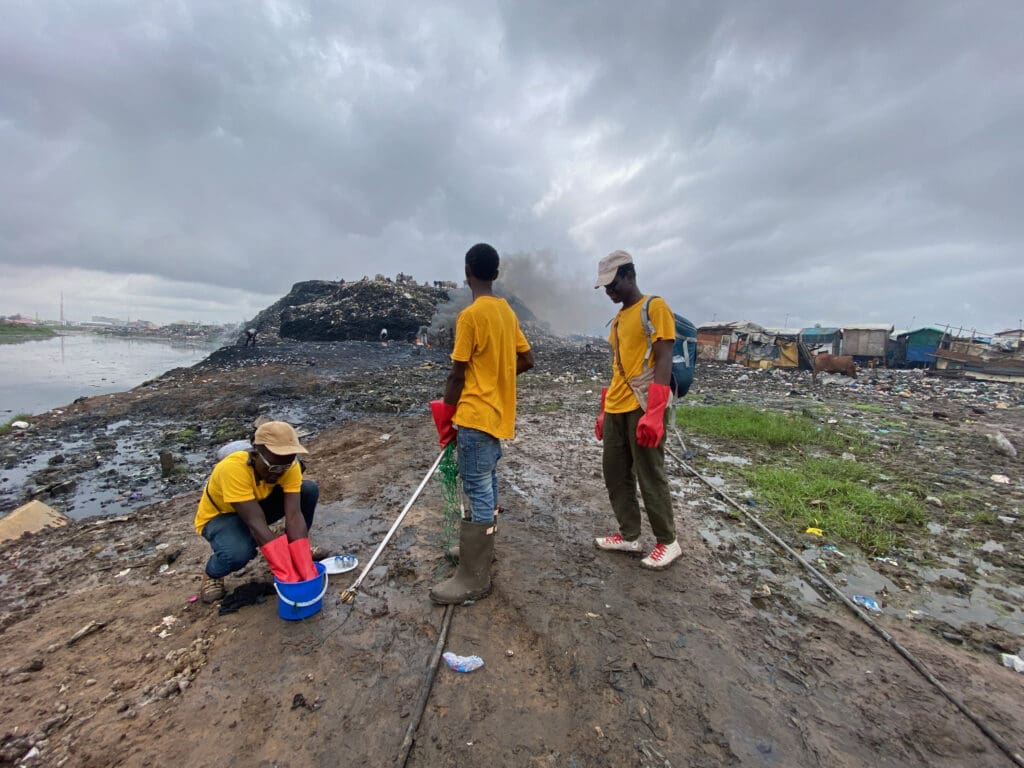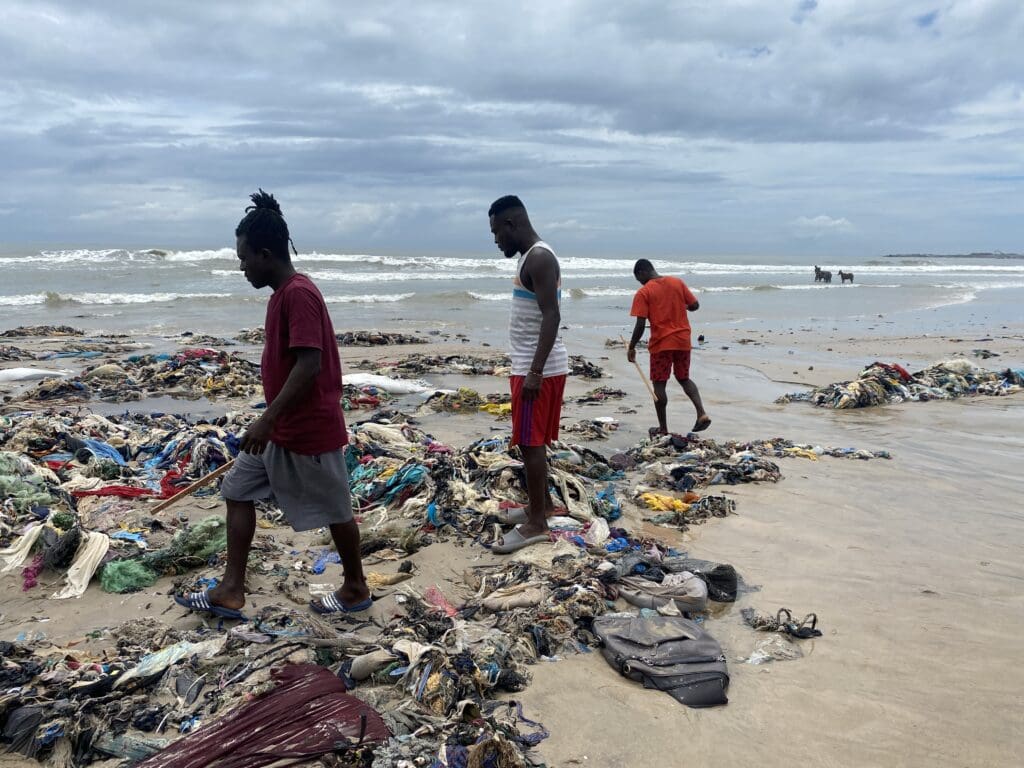When we donate clothing, we often imagine it going directly to someone in need in our local community. And sometimes, that’s exactly what happens. But the full journey of used clothing is more complicated—and far less circular than many of us realize.
What Happens After You Donate?
Once donated, clothing is usually sorted by type, quality, and condition. Items that are clean, undamaged, and seasonally appropriate may be resold at local thrift stores. But not everything finds a new home this way.
Clothing that doesn’t sell locally has two possible fates:
Downcycled Locally
Some materials are processed in Canada and turned into things like:
- Industrial rags
- Carpet underpadding
- Insulation
- Shoddy fibre for automotive or construction uses
This process is called downcycling, and while it avoids landfill, it also means the clothing is no longer usable as clothing.
Exported Overseas
A large portion of unsold clothes is baled and shipped to countries in the Global South—mainly Nicaragua, Pakistan, Ghana, UAE, and Kenya. Here, secondhand clothing fuels an entire economy of resellers and markets. But it’s not a perfect solution.

The Hidden Cost of Global Exports
Once our clothing reaches these countries, the outcomes are often unclear. Investigations and local reports reveal that up to 40% of what’s shipped is waste—damaged, soiled, mouldy, or completely unsellable. These communities often lack the infrastructure to manage this volume of textile waste.
As a result, unusable garments are:
- Dumped in informal landfills
- Burned, releasing toxic chemicals into the air
- Or end up clogging rivers and washing into oceans
This puts an enormous strain on the environment and the people living in these regions—who are left to deal with waste they didn’t create.
What Can You Do?
Circular fashion starts with everyday choices. Here’s how you can take action:
1. Buy Less, Choose Better
Be mindful of what you buy. Prioritize quality, versatility, and longevity over trends and fast fashion.
2. Keep Clothes in Use Longer
Extend the life of your clothes through repair, swaps, upcycling, renting, and reselling.
3. Donate Responsibly
Before donating, check where your items go. Not all donation bins or charities manage textiles the same way.
4. Learn What Happens After the Drop-Off
Clothing donation isn’t always the end of the story — research how your local system handles unsold or unwearable items.
5. Support Circular Solutions
Back brands and organizations that invest in reuse, repair, and recycling — not just marketing.
6. Use Your Voice
Call for policies that make fashion circular by design — like right to repair, textile recycling, and Extended Producer Responsibility.
7. Talk About It
Share what you learn. Changing the system starts with sparking conversations at home, in schools, and on social media.
